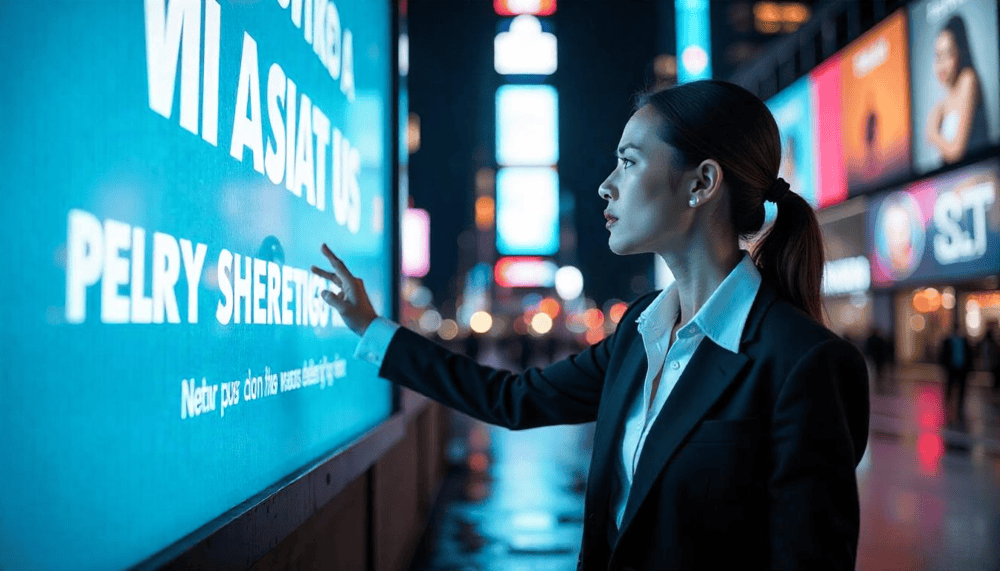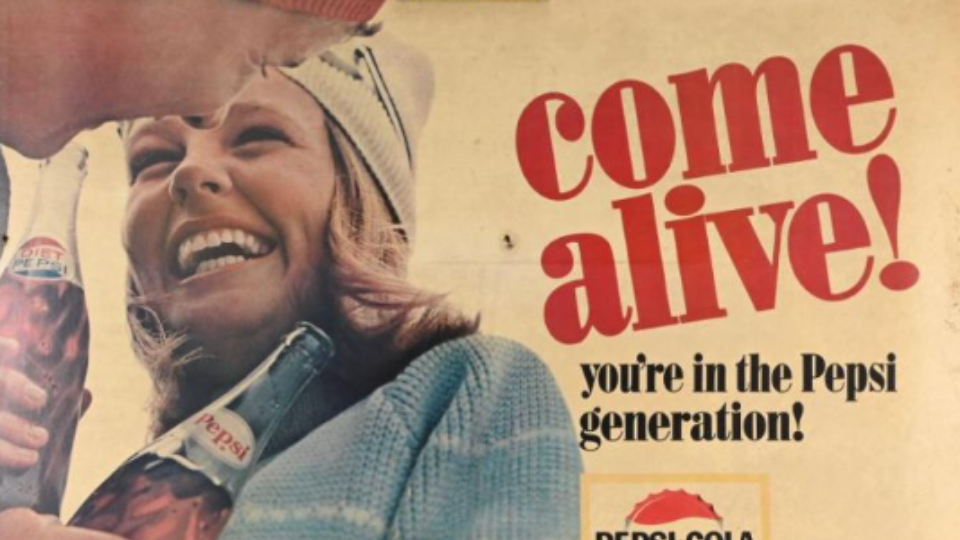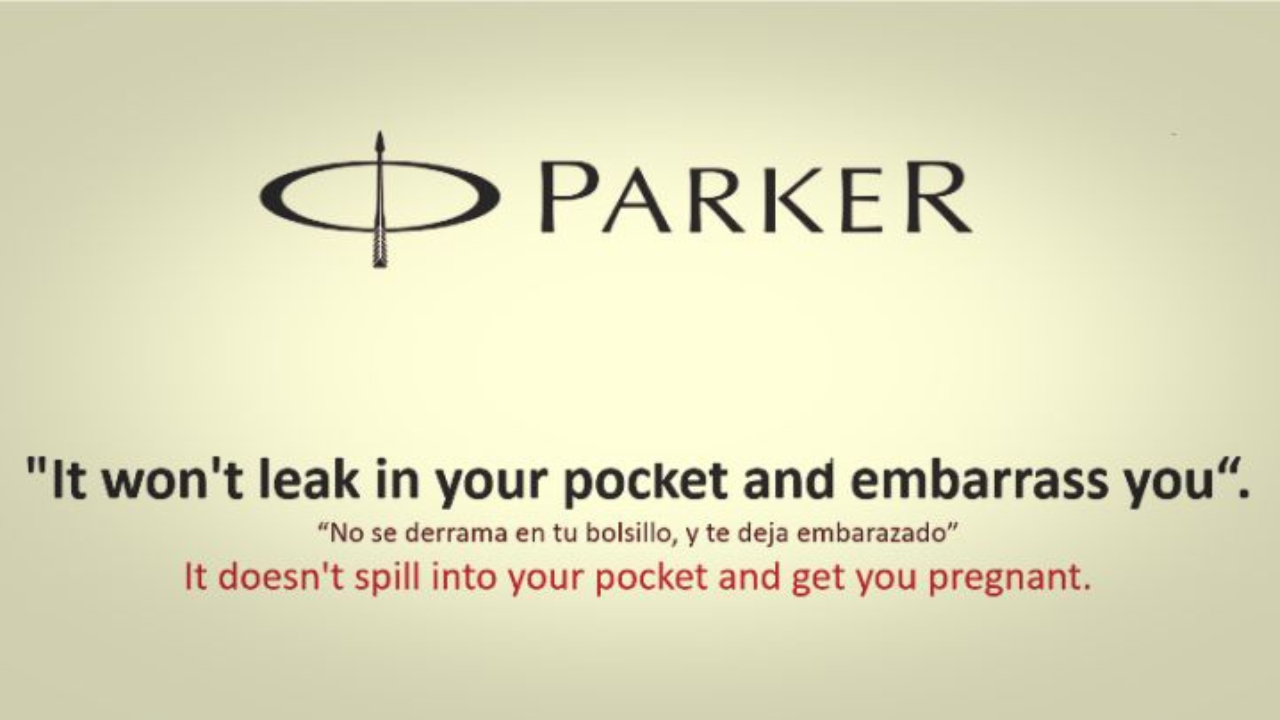
10 Translation Errors That Went Viral (And How to Do Better)
Have you ever stumbled upon a sign, advertisement, or product slogan that was completely baffling in English? Translation errors occur more frequently than you might expect, and while they can provide a good laugh, they can also lead to significant expenses for companies. Imagine starting a worldwide campaign and discovering your appealing phrase has become something absurd in another tongue.
Translation errors have left even the top brands red-faced, showcasing how language gaps can lead to both laugh-out-loud moments and epic errors. Get ready to dive into the world of translation blunders that had everyone talking!
From hilarious/mishaps that brought on the laughs to those that seriously impacted sales, this article will take you through ten of the most viral translation errors and the valuable lessons we can glean from them. Stick around until the end to find out how to dodge these pitfalls and make sure your brand's message resonates across different cultures!
1. Pepsi’s “Zombie” Translation Error in China

Pepsi’s marketing team learned the hard way that translation errors can create unintended supernatural consequences. Their famous slogan, "Come Alive with the Pepsi Generation," was meant to energize and excite consumers. However, when translated into Chinese, it became: "Pepsi Brings Your Ancestors Back from the Grave."
Understandably, this translation error did not sit well with Chinese customers, as the idea of resurrecting the dead was more creepy than refreshing.
Lesson: Never rely on direct translations—always ensure slogans align with cultural beliefs.
2. Mercedes-Benz’s Unfortunate Name Choice in China
Mercedes-Benz made a surprising translation error when it entered the Chinese market under the moniker "Bensi." In Chinese, this means "Rush to Die."
This was not the appropriate message for a company that sells high-end, safe autos. After recognizing its error, the firm rapidly renamed as "Benchi," which had a far more favorable connotation.
Lesson: In a new market, a brand's success may be either enhanced or destroyed with a simple name change.
Read also: Localization Strategy: The Key to Reach Successful Global Growth
3. KFC’s Slogan Disaster: Finger-Lickin’ Good? Think Again!
Founded in 1952, Kentucky Fried Chicken (KFC) has developed a worldwide empire with its distinctive fried chicken and well-known "Finger Lickin' Good" motto. But when KFC arrived on the Chinese market in the 1980s, a translation error transformed their well-known slogan into something terrible.
The Chinese version of the phrase, "Eat Your Fingers Off," reads very differently than "promote tasty food." Chinese shoppers were perplexed and not quite ravenous for fried chicken because to this unsettling translocation. Luckily, KFC remedied the error right away and changed its marketing approach to suit the local way of life.
Lesson: To avoid translation errors, businesses should hire professional translators who understand both language and cultural nuances.
4. HSBC’s $10 Million Branding Disaster
After a translation error destroyed its motto, HSBC Bank had to pay an amazing $10 million for a rebranding effort. Originally written as "Assume Nothing," some nations translated "Do Nothing."
Not exactly the finest financial advice was telling consumers to spend their money uselessly. This expensive translation error compelled the bank to modify its worldwide slogan to "The World's Private Bank."
Lesson: Starting with appropriate translations helps to save millions of damage control dollars.
5. Coca-Cola’s “Wax Tadpole” Incident in China
When Coca-Cola first launched in China, the brand name was transliterated as "Ke-kou-ke-la," which unfortunately meant "Bite the Wax Tadpole." Realizing this bizarre translation error, the company quickly changed the phonetic translation to "Ko-kou-ko-le," meaning "Happiness in the Mouth." The correction helped Coca-Cola thrive in the Chinese market.
Lesson: Phonetic translations should be double-checked to avoid embarrassing mistakes.
6. Schweppes’ Tonic Water Becomes Toilet Water in Italy
Schweppes made a huge translation error when marketing its tonic water in Italy. The brand name was mistakenly translated as "Schweppes Toilet Water." Needless to say, Italian consumers were not eager to drink something that sounded like a bathroom product.
Lesson: Always test translations in the local market before launching a product.
Read also: The Role of Voice Over Localization in Bridging Language Barriers
7. Ford’s Creepy Car Slogan in Belgium
When Ford's "Every Car Has a High-Quality Body," was translated as "Every Car Has a High-Quality Corpse," their campaign in Belgium suffered a dismal translation flop.
Obviously, that is not exactly the finest approach to advertise modern, reasonably priced cars! Before Ford corrected the error, the disturbing message probably turned off potential purchasers.
Lesson: Make sure foreign language marketing communications never have inadvertent connotations.
8. Braniff Airlines’ Naked Flight Campaign
Under the phrase "Fly in Leather," Braniff Airlines sought to highlight their opulent leather seats. But in Spanish, this translocated flop became "Fly Naked."
Although some daring travelers may have been interested, most felt the message was unsuitable and false.
Lesson: Be careful; simple slogans could signify very different things in various languages.
9. Parker Pen’s Pregnancy Mishap in Mexico

With the slogan, "It won't leak in your pocket and embarrass you," Parker Pen sought to promote their leak-proof pens in Mexico Sadly, a translation error turned the phrase to: "It won't leak in your pocket and make you pregnant."
The mistake happened as "embarazar" in Spanish is "to impregnate" rather than "to embarrass." Parker Pen became a laughingstock from the confusion.
Lesson: A message's meaning may be utterly changed by one mistranslated phrase.
10. Chevrolet Nova’s Unfortunate Name in Spanish Markets
When Chevrolet introduced the Nova automobile in nations with Spanish-speaking populations, it committed a big translation mistake. "No va" in Spanish means "it doesn't go."
Customers therefore hesitant to purchase an automobile that essentially promoted itself as "not going anywhere." Chevrolet eventually modified the model name to clear uncertainty and increase sales.
Lesson: Names should be reviewed in many languages to prevent unwelcome interpretations.
Read also: 9 Benefits of Web Novel Localization For Publishers and Readers
How to Avoid Translation Mistakes
These viral translation errors remind us that language is complicated and that errors may cause chaos. The following tips will help you to avoid translation errors:
1. Using a Certified Human Translator
Dependency on automatic translating technologies like Google Translate is one of the main reasons translation errors arise. For simple sentences, these instruments may be useful; yet, they lack the cultural and contextual knowledge needed for proper translations.
Professional translators guarantee that the translation keeps the original purpose and meaning; they also grasp context, slang, and industry-specific terminology. They may modify your message to suit many audiences and civilizations.
Work with native speakers in your field of expertise always to prevent translating errors that can compromise the credibility of your business.
2. Invest in Localization Rather Than Just Translation
Localization and translation are neither one nor the other. Translation turns words from one language into another; localization adapts the content to match cultural, social, and linguistic nuances.
Localizing guarantees that your content will be relevant to the local audience; it also helps you to adjust units of measurement, date forms, and currencies. Steers clear of cultural misinterpretations that might insult or perplex consumers.
McDonald's, for instance, tailored their menu to fit many nations. Many people in India, where many avoid beef, substitute the McAloo Tikki (potato-based burger) for the Big Mac. Here we are localization in action!
3. Set Clear of Literal Translations
Many translating errors result from words being translated exactly without regard for the real meaning. Usually, this results in odd or confused messages.
4. Test Translations with Native Speakers
Testing your translations with local speakers is very vital before introducing a campaign or product. They may find errors in translations that automated programs and even qualified translators would overlook.
- Create focus groups with native speakers to effectively test.
- Get second opinions from nearby specialists.
- Get comments from staff members at overseas branches.
A little testing investment now might help to avoid later expensive blunders.
5. Keep Mind of Cultural Sensitivities
Cultural variances may either strengthen or destroy a marketing effort. What's hilarious or acceptable in one nation could offend another.
Common Cultural Mistakes:
- White signifies purity in Western civilizations but indicates grief in other Asian societies; colors have varied meanings.
- Different hand gestures: While it is favorable in most locations, the "thumbs up" symbol is objectionable in several Middle Eastern countries.
- Jokes often lose meaning or become insulting when translated, hence humor does not always translate.
Before starting campaigns in new markets, research cultural standards to prevent unintentional translation errors or objectionable messaging.
6. Employ Back-Translation for Correctness
Back-translation is the method of checking correctness by translating material back into the original tongue.
- One translator turns the source text into the target language.
- Two translators converted it back to the original tongue; one of them did not see the original text.
- The two variants are examined to spot any translation errors or meaning modifications.
Where accuracy is vital, this is particularly helpful for legal papers, medical advice, and product manuals.
7. Keep Sentences Clear and Direct
Complicated, long sentences raise the possibility of translation errors. To improve clarity:
- Use short, direct sentences.
- Avoid idioms and slang.
- Stick to a consistent tone and terminology.
For instance, state "We create new and better solutions for the industry," rather than "We are committed to revolutionizing the industry with unparalleled innovation."
8. Work With a Trustworthy Translating Agency
Hiring a professional translating agency is a wise investment if your business often engages with foreign markets.
For every target language, a good agency should have native-speaking translators as well as industry knowledge in legal, medical, IT, etc.
- Good customer comments and a solid reputation.
- Systems of quality to find translating errors before publication.
Tip: Select an agency providing translation services as well, so your material is culturally relevant. From fast-food restaurants to automakers, even the most powerful businesses have suffered with translations. These errors stress the need for competent localization and translation.
Don't Let Translation Errors Ruin Your Business!
From fast food chains to automobile manufacturers, even the most renowned brands have stumbled with translation errors. These blunders really emphasize how crucial it is to have top-notch translation and localization.
If you're looking to take your business global and avoid any cringe-worthy blunders, our skilled team is ready to assist you! We focus on translation, localization, and cultural adaptation, making sure your message connects with audiences around the world.
Get in touch with us today to explore how we can assist you in overcoming language barriers and thriving in global markets!